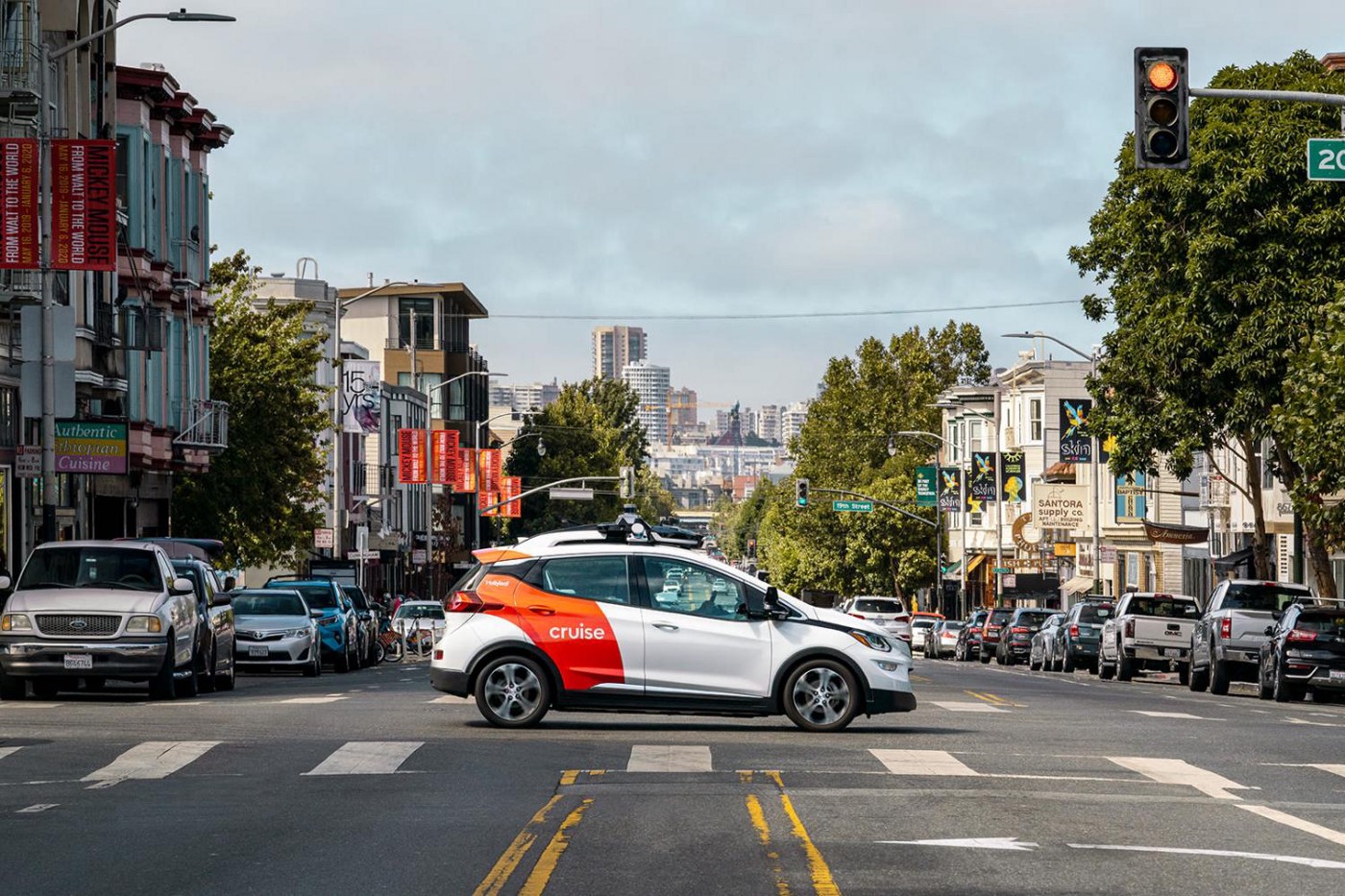Autonomous Cars: A Smart Cities Answer to COVID-Proof Transit?
Of all the circumstances that we might have imagined kickstarting America’s smart city aspirations, a pandemic surely wasn’t on our list. And yet, our anxieties over disease transmission might just be the fuel that propels us towards a future in which autonomous cars become the urban norm.
A huge setback for public transit
For the last several months, the COVID-19 pandemic has compelled us to change our perspectives to suit a newly disease-aware world. We’ve adapted our day-to-day routine to suit social distancing recommendations and become leery of crowded, high-traffic areas. Our faith in public transit, in particular, has been shaken so profoundly that it very nearly demands an innovative fix. Time magazine recently described COVID-19’s impact on public transit as “apocalyptic.”
“[Buses] that once carried anywhere from about 50 to 100 passengers have been limited to between 12 and 18 to prevent overcrowding in response to coronavirus […] Seattle transit riders have described budgeting as much as an extra hour per trip to account for the reduced capacity, eating into their time at work, school or with family,” Time’s Alejandro de la Garza wrote in July.
Sometimes, riders’ anxieties compel them to leave the bus before their stop; one woman who de la Garza interviewed described exiting several stops early with her seven-year-old son after the driver allowed a crowd of people to board at once.
“It’s very trying,” the source, Brittany Williams, shared. “I’ll put it in those terms.”
How can we keep public transit viable?
The obvious answer to the overcrowding and slow-transit problems would be to add more buses — but such a move doesn’t seem economically feasible with the current decline in public transit use. In July, the Transit App reported a 58 percent year-over-year reduction in travelers within Williams’ home city of Seattle.
Numbers are a little worse in Washington D.C., with a 66 percent decline in Metrobus use and a 90 percent drop in Metrorail traffic. The losses experienced in New York City are among the worst, with the Transit App noting a 95 percent loss in the spring and a still-alarming reduction rate of 84 percent in late summer.
Pandemic fears have limited traveling, which in turn has limited fares to a trickle and all but eliminated cities’ abilities to add to their public transit fleets. According to a recent McKinsey report, 52 percent of American respondents travel less than they did before COVID-19. Many who do travel opt for a private vehicle over bus or train trips. A full third of surveyed consumers say that they “value constant access to a private vehicle more than before COVID-19.”
To risk stating the obvious: not everyone can buy or store a public car, nor should they even if they could. The environmental impact of replacing public transit with individual vehicles would be environmentally disastrous and dramatically exacerbate existing traffic and parking problems. Moreover, reports indicate that purchasing intent has dropped with the economic downturn; people don’t want to buy new cars when their incomes are uncertain.
An opening for autonomous cars
But I would argue that city-dwellers don’t necessarily need private cars — they just need a mode of transport that offers the isolated, sterilized feel of personal vehicles with the cost-efficiency and dependability that characterizes good public transit. Ridesharing services like Uber and Lyft have set the groundwork for this, but aren’t a perfect fit. They’re expensive, focused on one person at a time, and naturally pose a virus-spread risk to passengers and drivers alike. But what if there were no drivers, only a limited number of masked and isolated passengers traveling pre-defined, regular routes?
Years ago, architect Peter Calthorpe painted a vision of California cities with autonomous cars that was very nearly this, writing: “Down the center of El Camino, on dedicated, tree-lined lanes, [would be] autonomous shuttle vans. They’d arrive every few minutes, pass each other at will, and rarely stop, because an app would group passengers by destination.”
There’s a window of opportunity to reshape consumer perception of autonomous cars within a public-transit perception. Instead of anxiously fleeing buses inundated with close-seated crowds, mothers like Brittany Williams could order an autonomous ride and sit, as per a COVID-optimized version of Calthorpe’s vision, either alone or with one or two distanced others. Between routes, these cars could be sanitized and sent off to support new passengers. Such an approach would establish self-driving vehicles not as a one-person luxury, but a new and COVID-thoughtful form of public transportation.
The sustainability and convenience benefits of adding a self-driving shuttle service to public transit are countless. These include lessening the need for private cars, mitigating traffic deadlock, and improving passenger convenience. Autonomous shuttles could shoulder at least some of the burden carried by other public transit services and lessen the need for additional (if half-filled) buses and trains.
While it is true that Uber and Lyft have been talking about developing autonomous cars and next-gen taxi services for years to no avail, we are now closer than ever before to achieving viable autonomous driving technology. Earlier this year, the GM-backed driverless car startup Cruise received a permit from the California DMV that would allow the company to test driverless cars without safety drivers, albeit only on specific roads.
This represents a significant step forward in the deployment of autonomous cars and, if successful, could lead to the first fully-autonomous vehicles. It is worth noting that despite delays, Cruise hopes to launch a self-driving taxi service soon; its fourth-generation autonomous cars features automatic doors, rear-seat airbags, and, notably, no steering wheel.
If Cruise can manage to accomplish this, it stands to reason that autonomous shuttles are not all that far away. If anything, cities might have more opportunities to partner with self-driving startups and incorporate autonomous shuttles into municipal transit. Given that pandemic-prompted anxieties will likely persist until (if not well beyond) the emergence of a mass-produced vaccine, it seems likely that the window of opportunity for piquing consumer interest in socially-distanced autonomous transit could extend out over years.
Of course, there are few clear speed bumps in the way.
For one, there is still a pervasive stigma around the perceived safety of autonomous cars. Uber memorably halted its experiments in 2018, when one of its experimental vehicles struck and killed pedestrian Elaine Herzberg in Tempe, Arizona.
At the time, there were rumors that the company planned to divest itself of its self-driving interests entirely; however, the company has begun to restart its efforts on a significantly smaller scale in recent months. Cruise — and any other autonomous car startup that takes on the challenge — will need to assure the public of its products’ safety before it can achieve widespread acceptance.
Another major issue will be cost.
With public transit in such dire straits, obtaining the funds for a partnership between self-driving car startups and municipal transit may prove difficult in the short term unless the local government is convinced of the public’s need for autonomous shuttles and the revenue that such an approach could attract as a result of said need. Proponents will need to launch a media campaign to raise public awareness and bolster backing for adding autonomous shuttles to municipal transit.
If we can get beyond some of these initial hurdles, we can kickstart a smart, sustainable and COVID-aware urban transit system. As with the early days of online shopping, consumer perceptions of autonomous driving will quickly shift from it being a laughable luxury to a must-have public service, especially under pandemic conditions.
Originally published on TriplePundit.com

